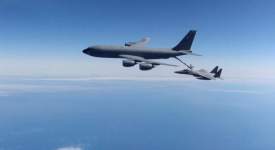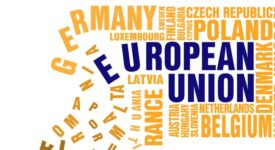Head of EU foreign affairs Federica Mogherini announced the bloc’s vision to connect Europe to Asia to counter China’s Belt and Road initiative and also as an effort to prepare the Asia-Europe Meeting in October. The gathering will bring together leaders from 51 European and Asian countries. Ms. Mogherini said that Europeans were very lucky to live in a very well-connected region. She also added that the Commission would like to deploy “the European way” to increase connectivity with Asia, based on a rules-based approach.
Asia is a region with the biggest demand in infrastructure and the highest forecasted growth rate globally. The idea, she added, was to make this connectivity work not only for Asia and Europe, but also for the entire world. Ms. Mogherini made it clear that connectivity should not be beneficial selectively and confined to “regional pockets”, nor can it be achieved at the expense of environmental and climate considerations. She added that this goal could be achieved by building new connections and networks through partnerships based on the principles of multilateralism and the rules of global architecture.
It is estimated that Asia needs €1.3 trillion per year for infrastructure investment, which means a lot of opportunities for European companies. Ms. Mogherini confirmed that the opportunities were “clearly there”, citing innovative investment leveraging tools like the Juncker plan. Observers agree that the EU is proposing a different approach to that taken by Beijing with its flagship Belt and Road Initiative. To that end, Bart Broer of the EU-Asia Centre pinpointed the EU’s emphasis on sustainability, labour rights, and the decoupling of political or financial dependencies.







